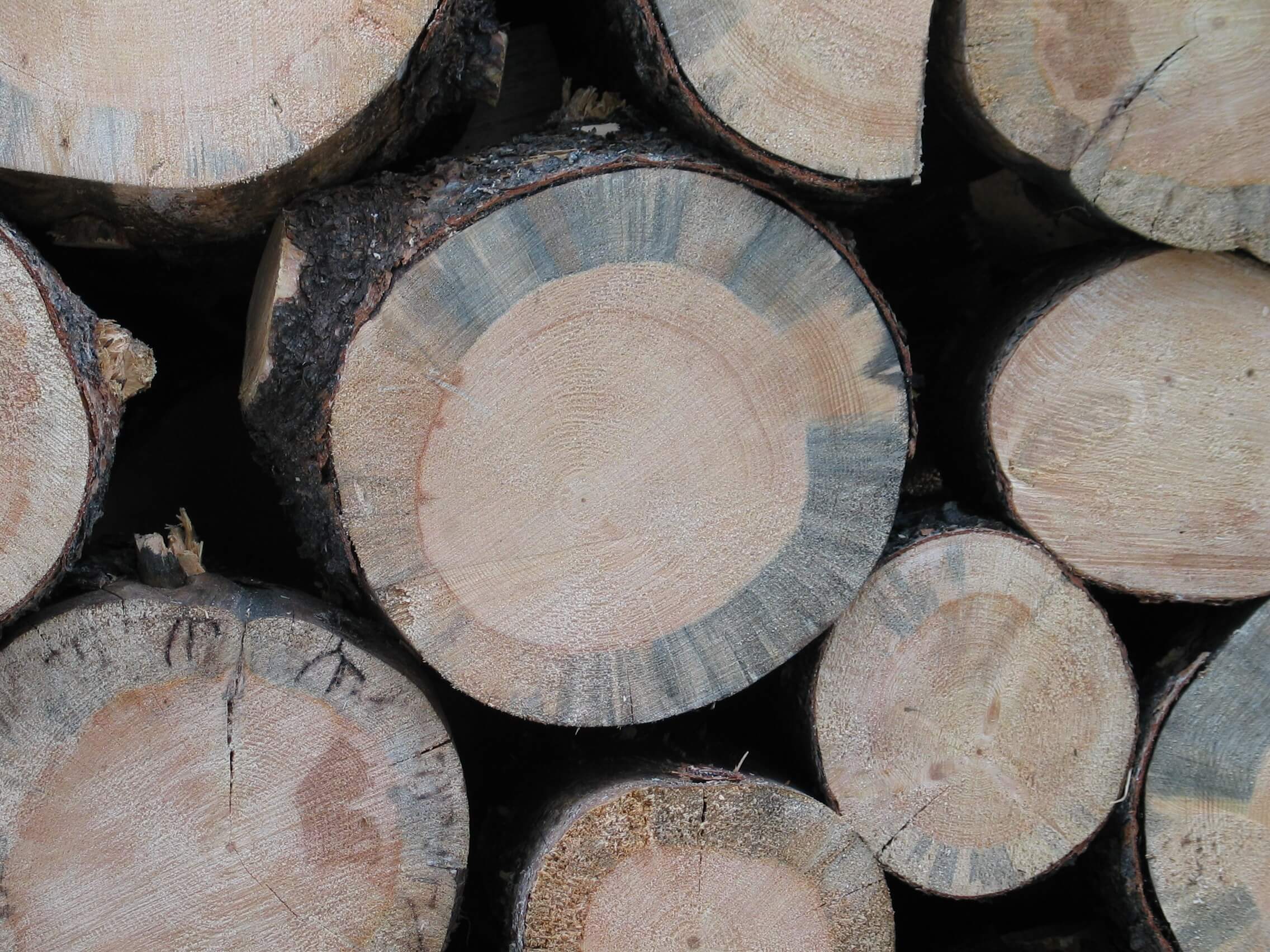
Improving Monitoring Tools to Detect Mountain Pine Beetle at Low Densities in Novel Habitats: Incorporating host-tree stress and fungal volatiles in beetle attraction
MPB host colonization behavior changes when beetles are at low densities or during the endemic phase – during this phase MPB cannot mass-attack healthy pines and are restricted to pines that are stressed or compromised, for example, by fungi. Currently, baits used to monitor MPB are designed for epidemic-state/high density populations. This project aims to develop a bait that incorporates stress and fungal semiochemicals. Development of these baits would increase the efficacy of MPB detection at low densities or in areas where MPB is in the endemic phase.
Objectives
- To determine the feasibility of using SVCs and fungal volatiles to improve the efficacy of MPB attractants at low density populations
- For jack pine trees:
- identify major volatile chemicals emitted from different types of stressed trees;
- identify and quantify major volatiles emitted from trees colonized by the fungal associates of MPB (only lodgepole pine);
- determine attractiveness of SVCs and fungal volatiles to the MPB in field;
- develop a new bait to improve the efficacy of MPB attractant at low densities.
- For lodgepole pine trees:
- identify major volatile chemicals emitted from different types of stressed trees;
- identify and quantify major volatiles emitted from trees colonized by the fungal associates of MPB (only lodgepole pine);
- determine attractiveness of SVCs and fungal volatiles to the MPB in field;
- develop a new bait to improve the efficacy of MPB attractant at low densities.

Dr. Nadir Erbilgin
Board Member







